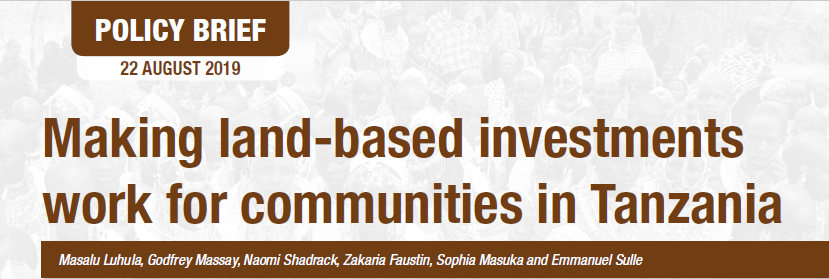Learn about REDD
What is REDD?
Reducing Emissions from Deforestation and Forest Degradation (REDD) has been identified as one critical approach in mitigating global climate change by reducing the levels of greenhouse gas emissions that enter our atmosphere. Today, fifteen to twenty percent of global GHG emissions are attributed to deforestation and forest degradation due to activities such as increased logging and agriculture. Many of these countries reside in the Global South, where poverty is rife and resource exploitation is a means of livelihood security. However, if such countries can reduce their rates of forest degradation and deforestation and develop strategies to conserve forestlands, then they deserve to be financially compensated for these efforts. In international negotiations, the concept of REDD has evolved to include the enhancement of forest carbon stocks, and is termed REDD-Plus (or REDD+).
Learn more about REDD at these links:
World Bank’s Forest Carbon Partnership Facility, What is REDD+
IIED, REDD: Protecting Climate, Forests and Livelihoods

